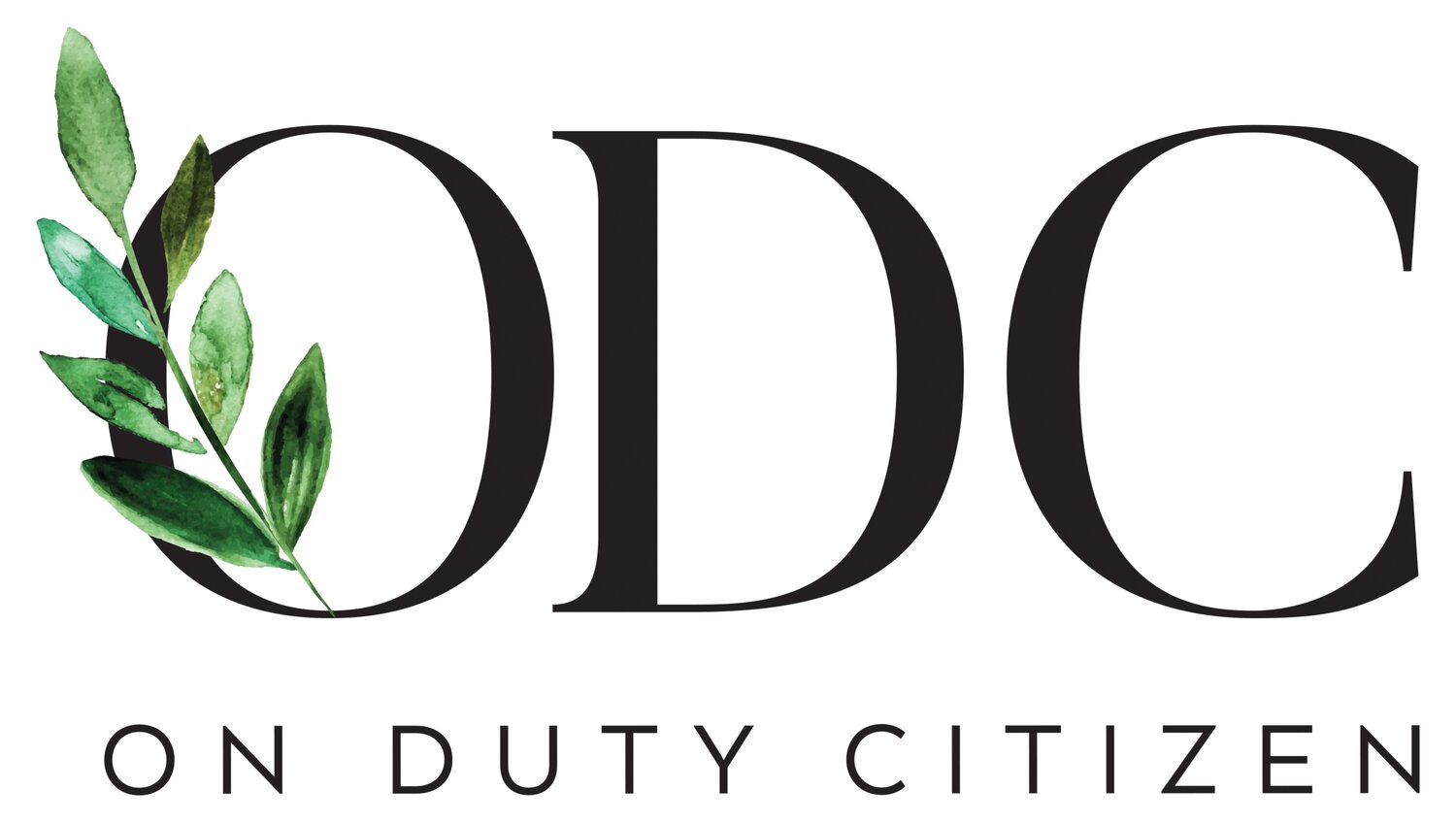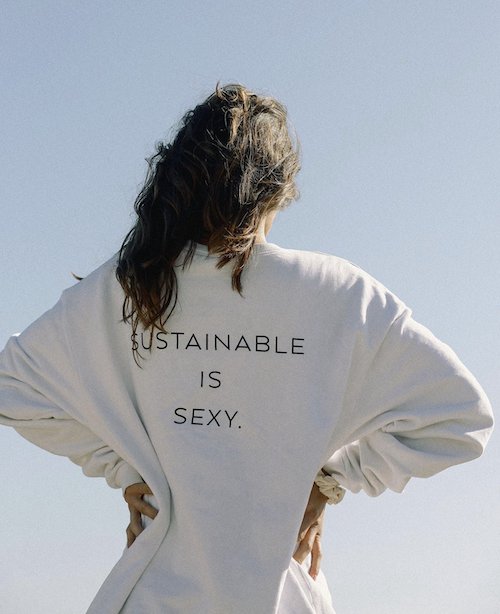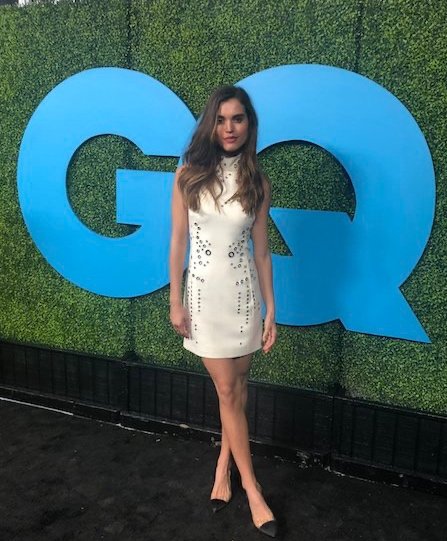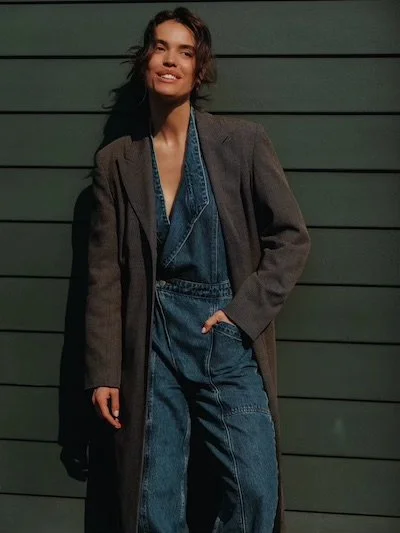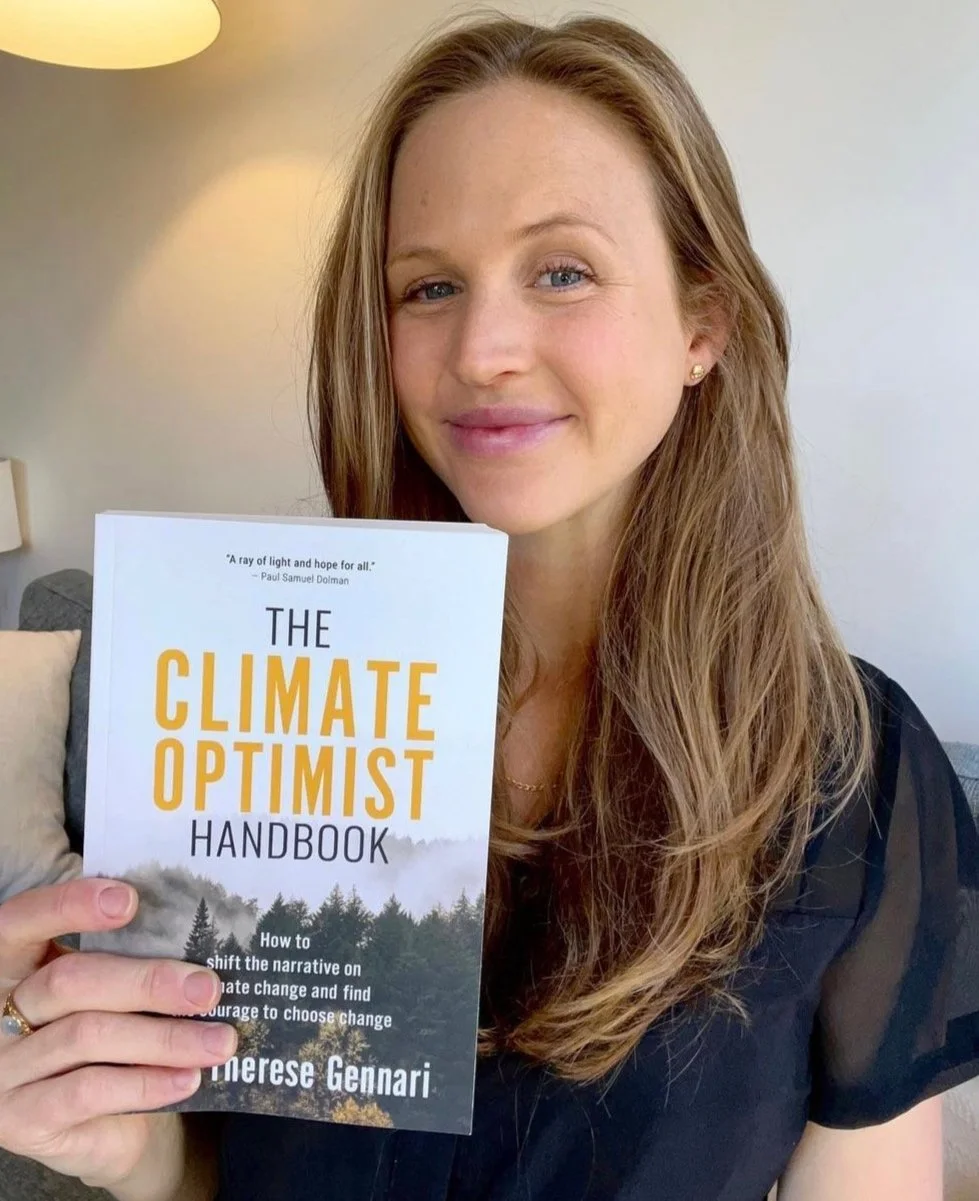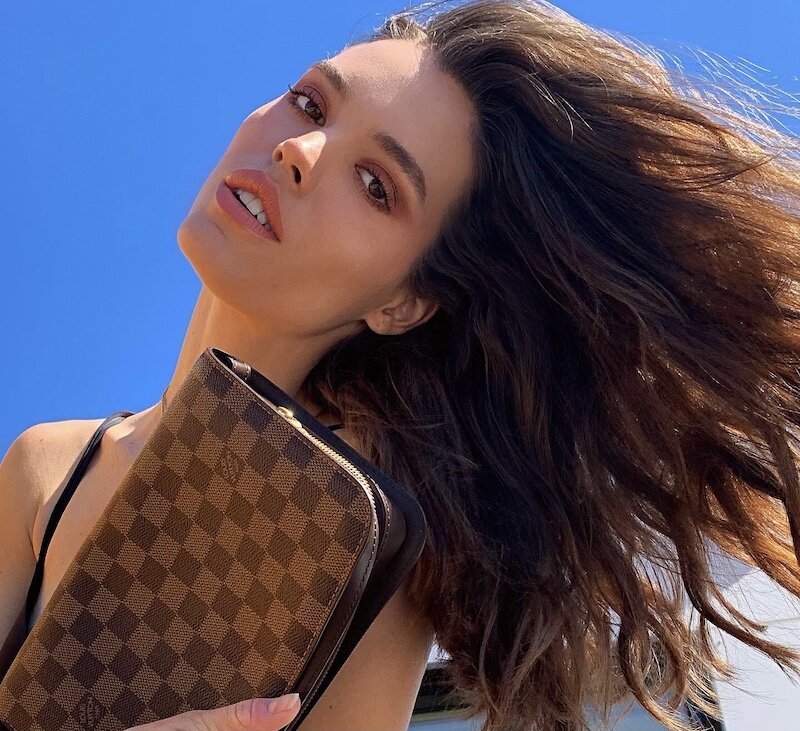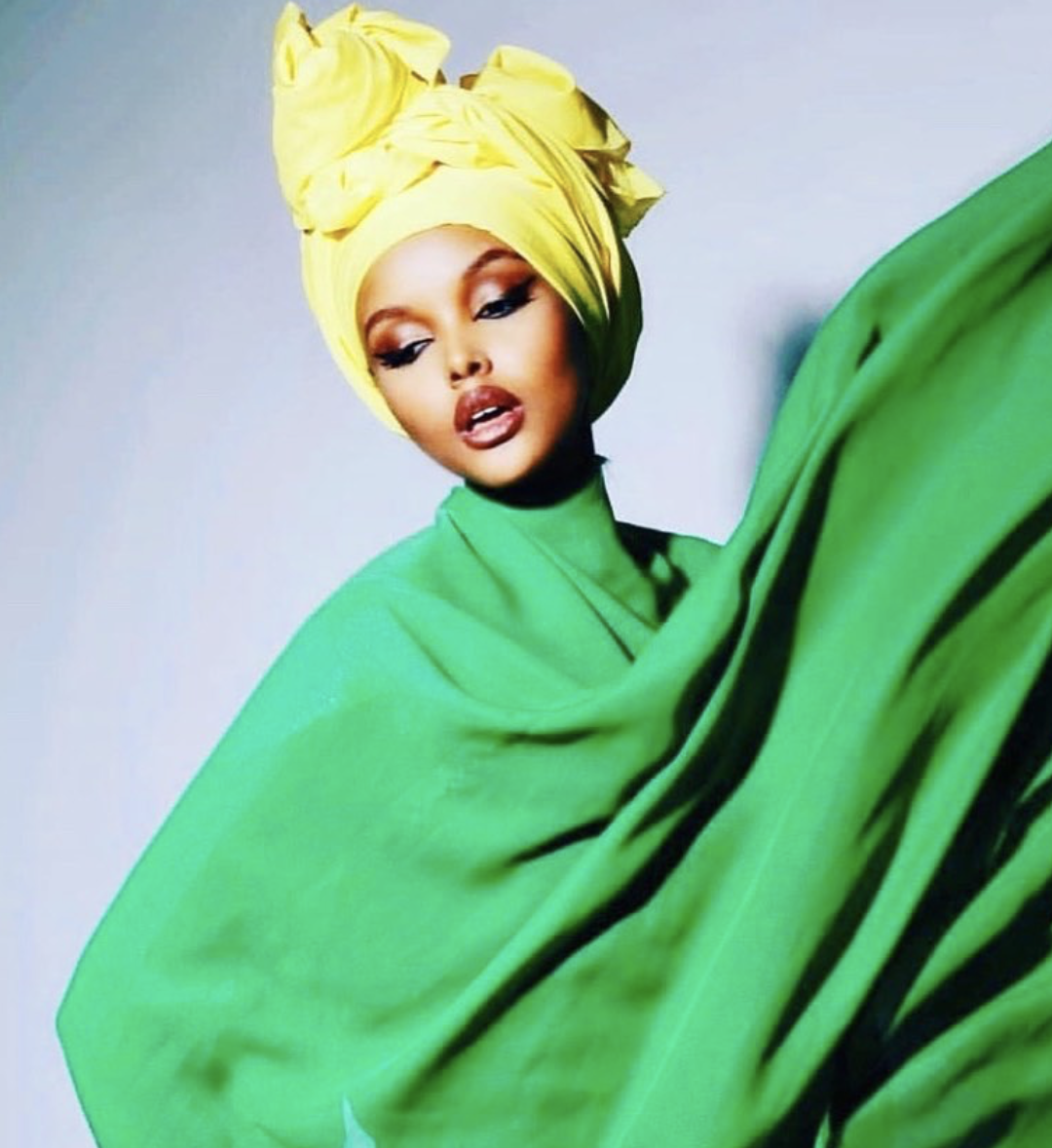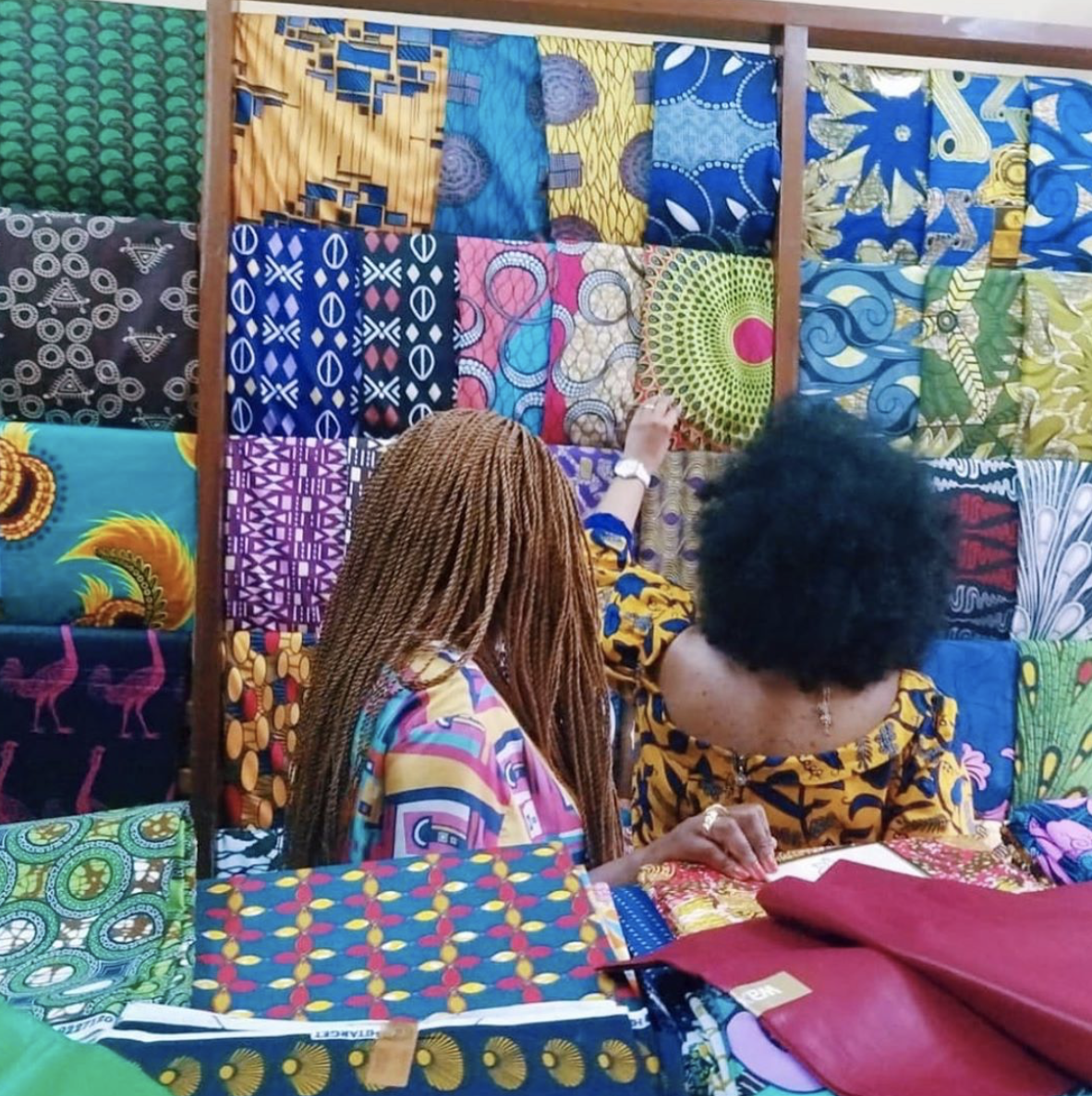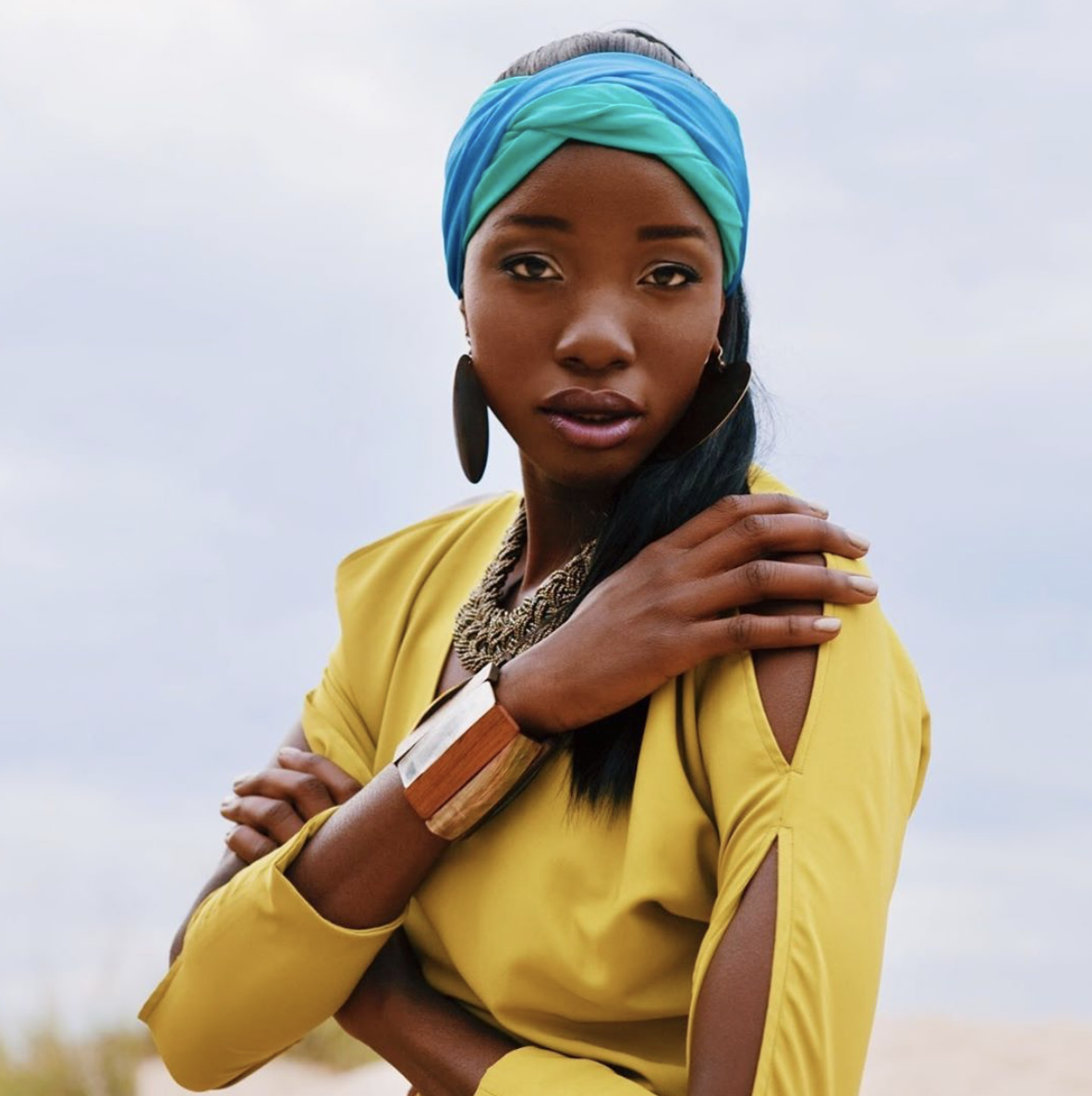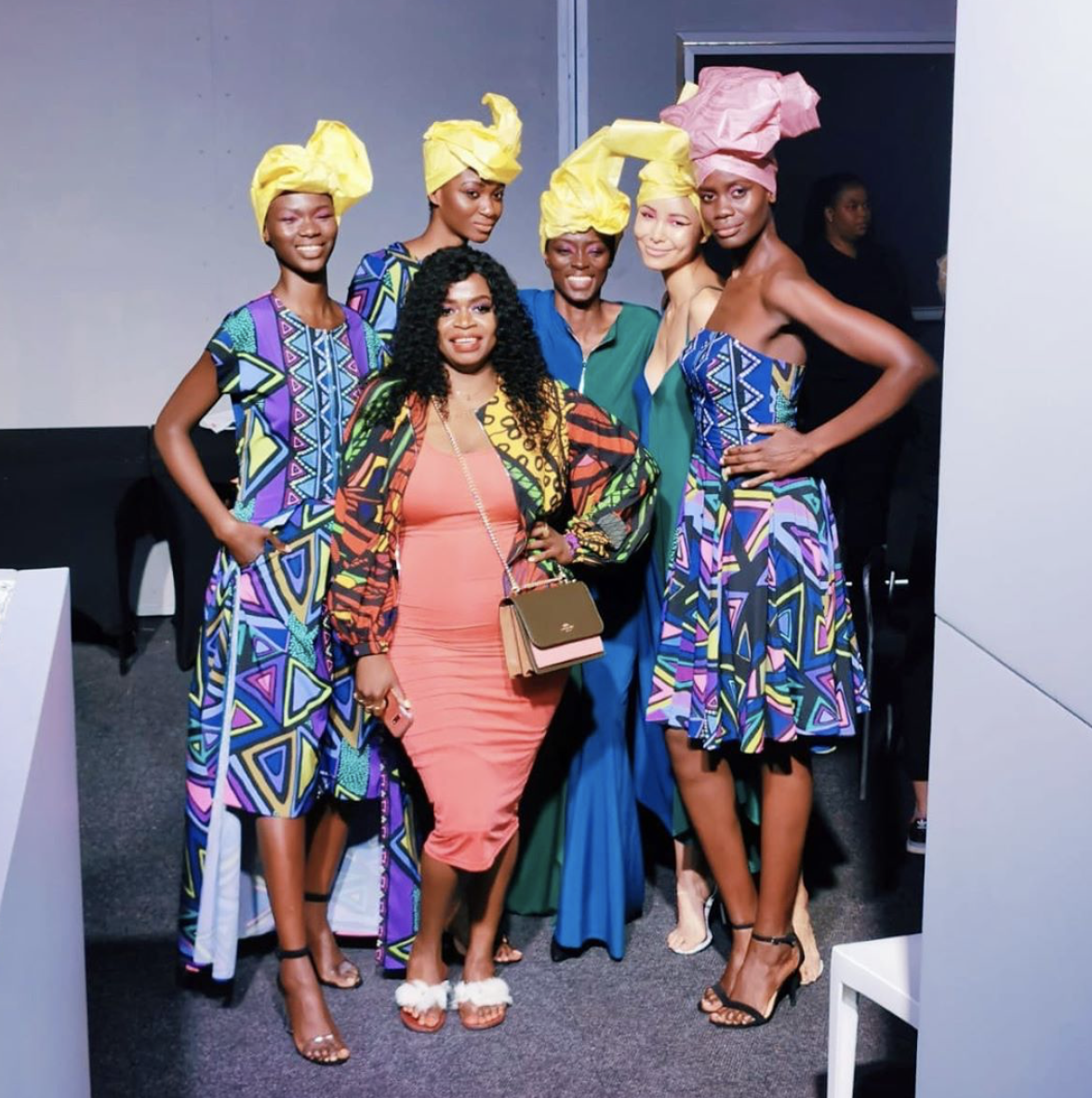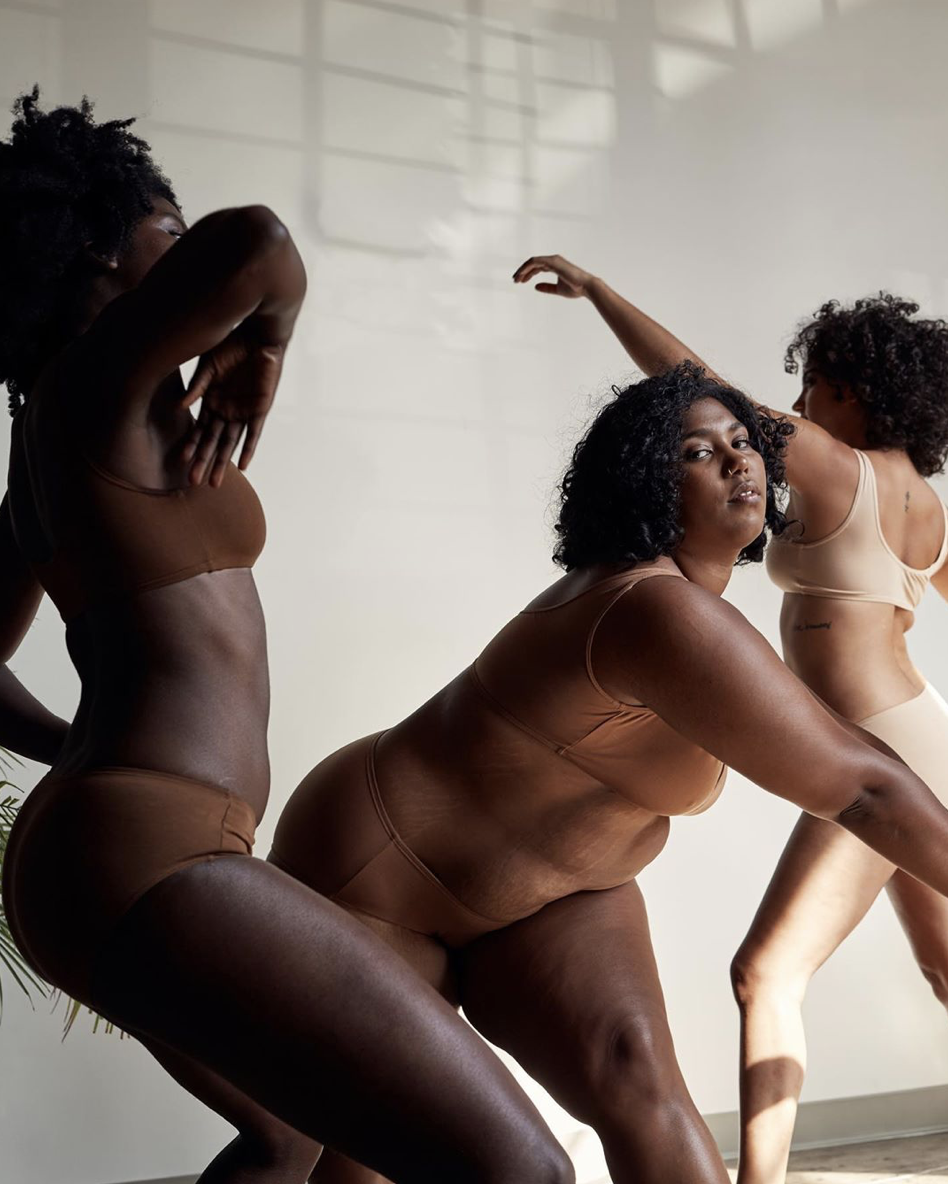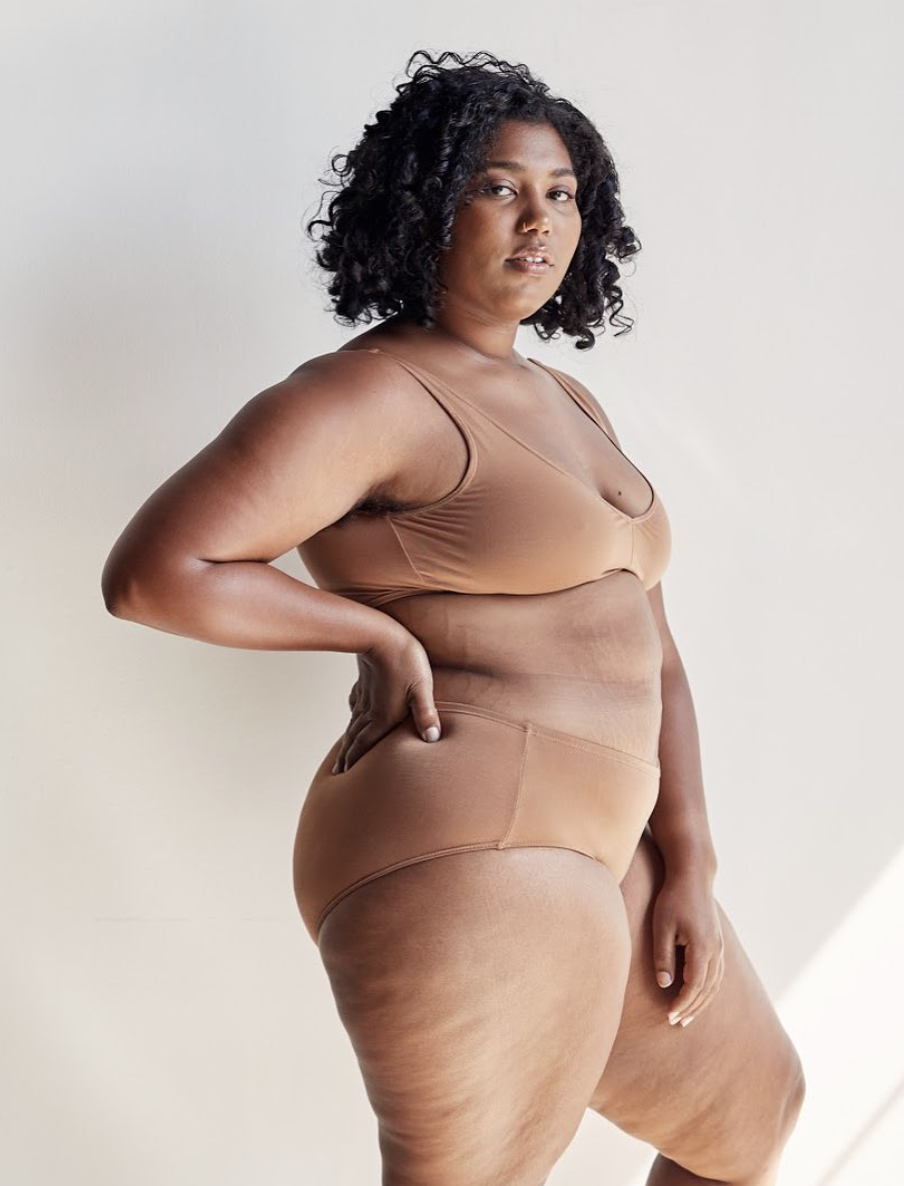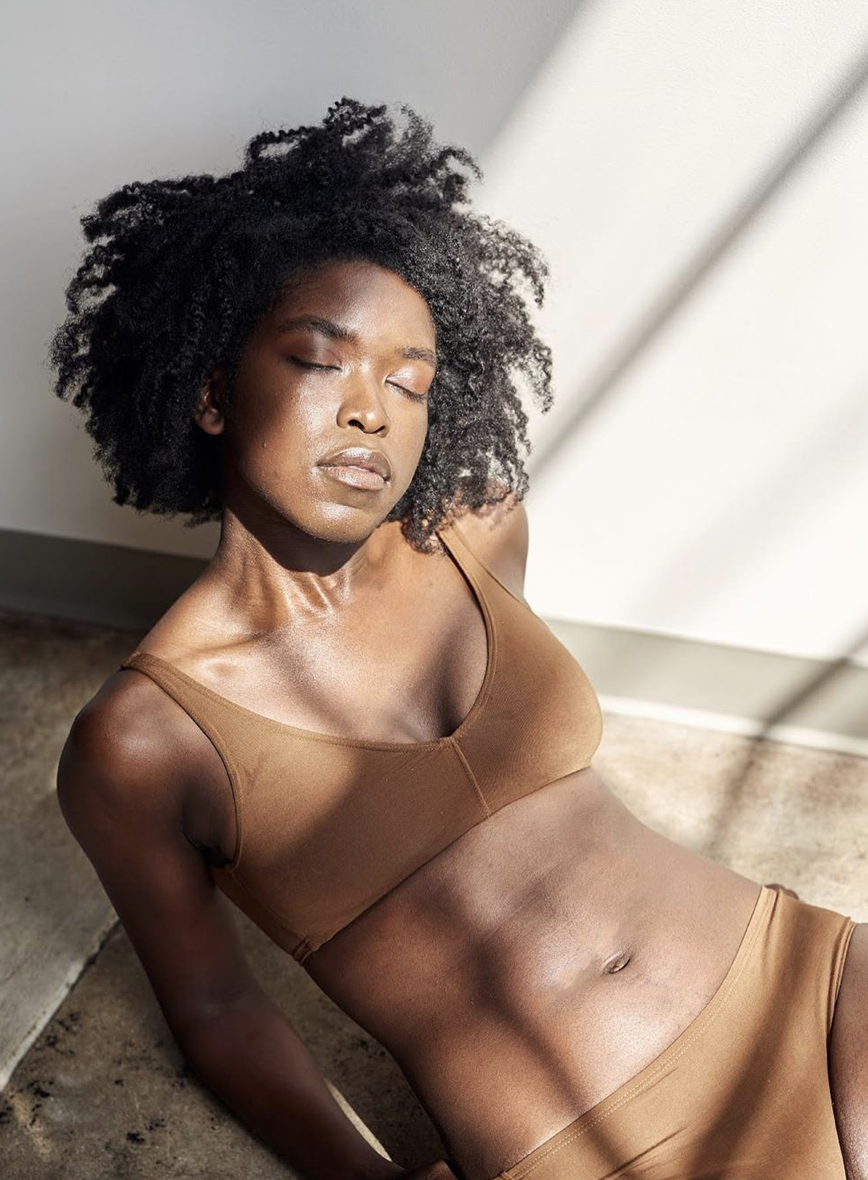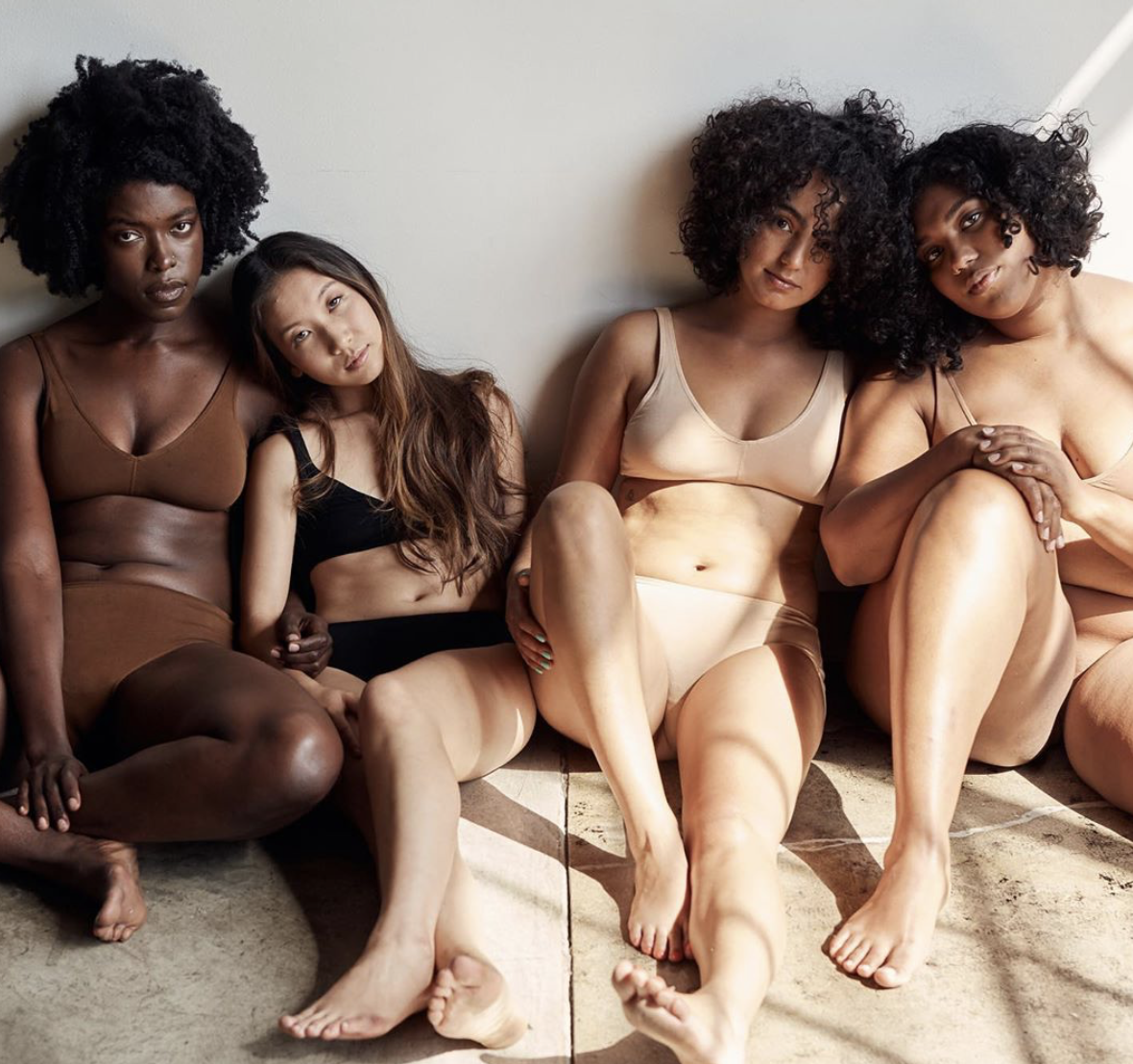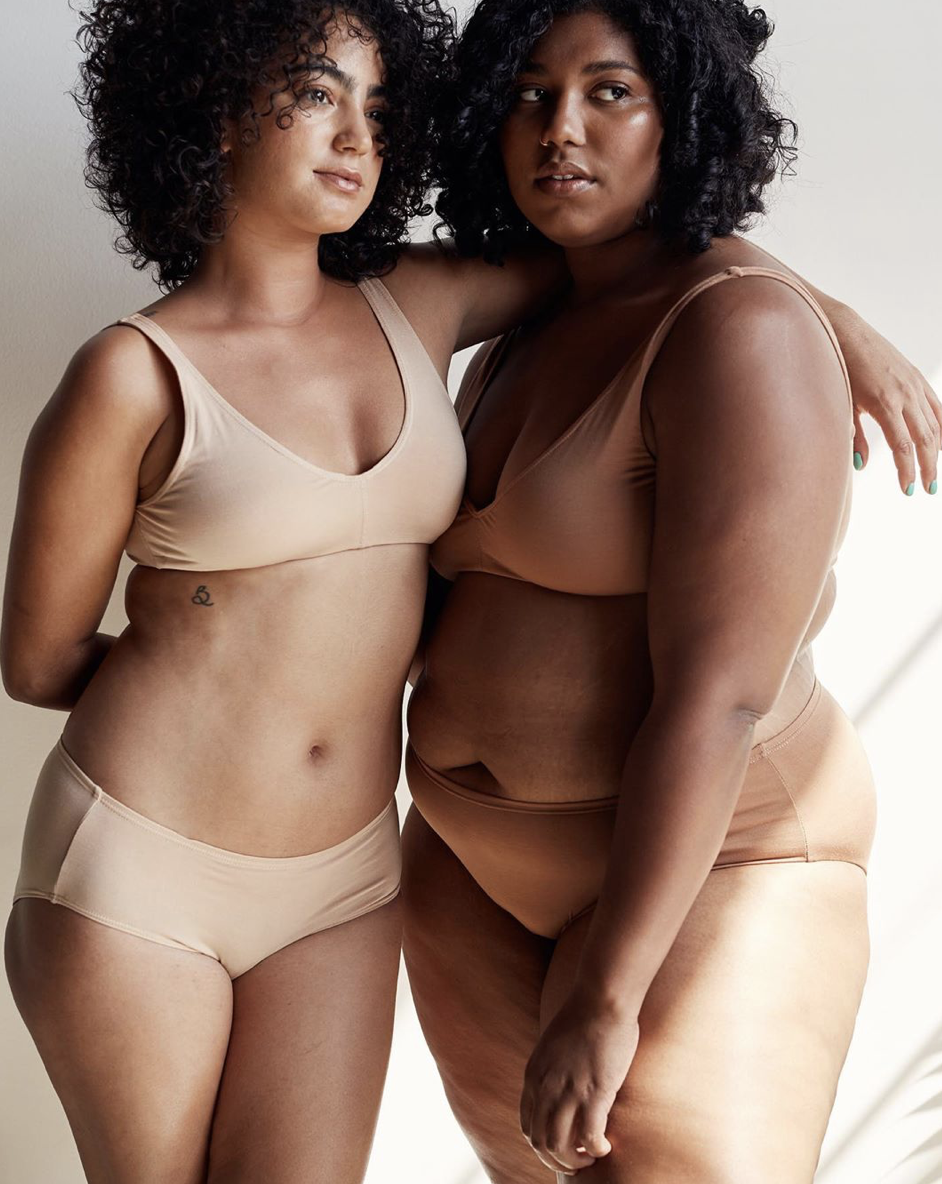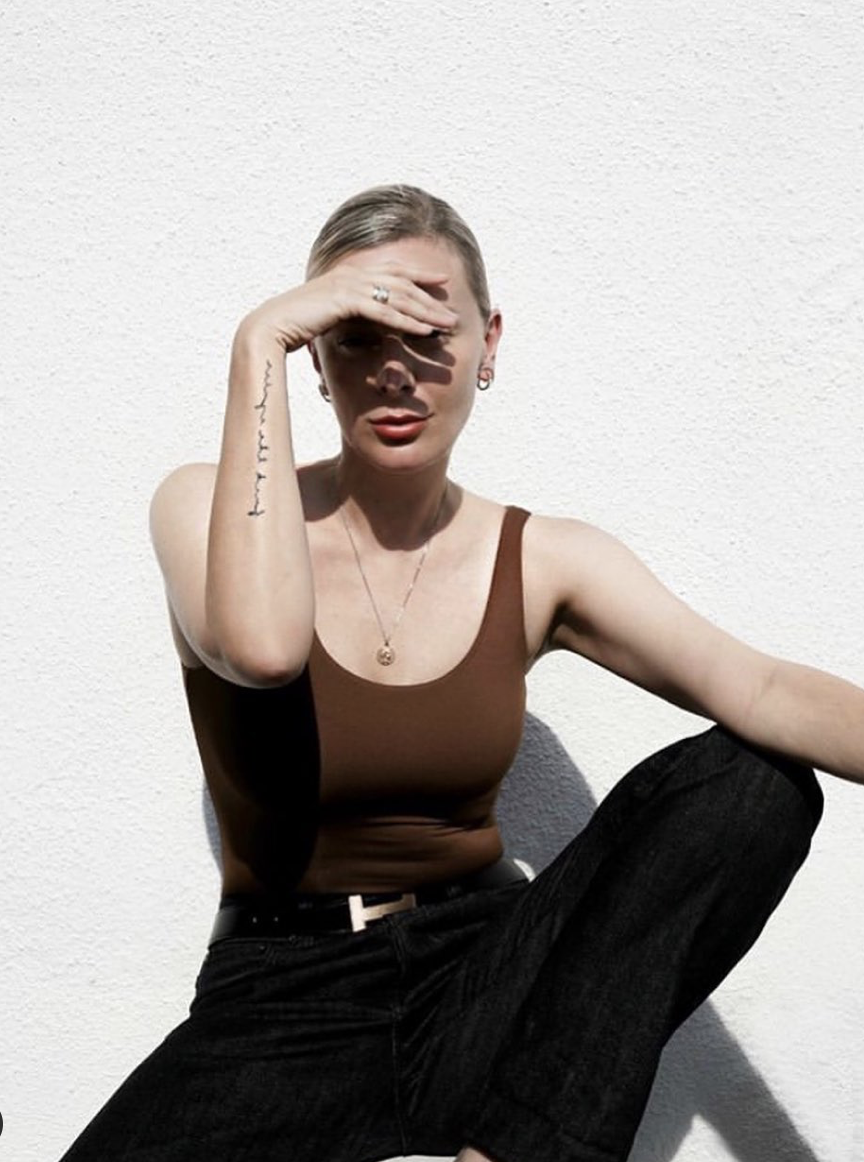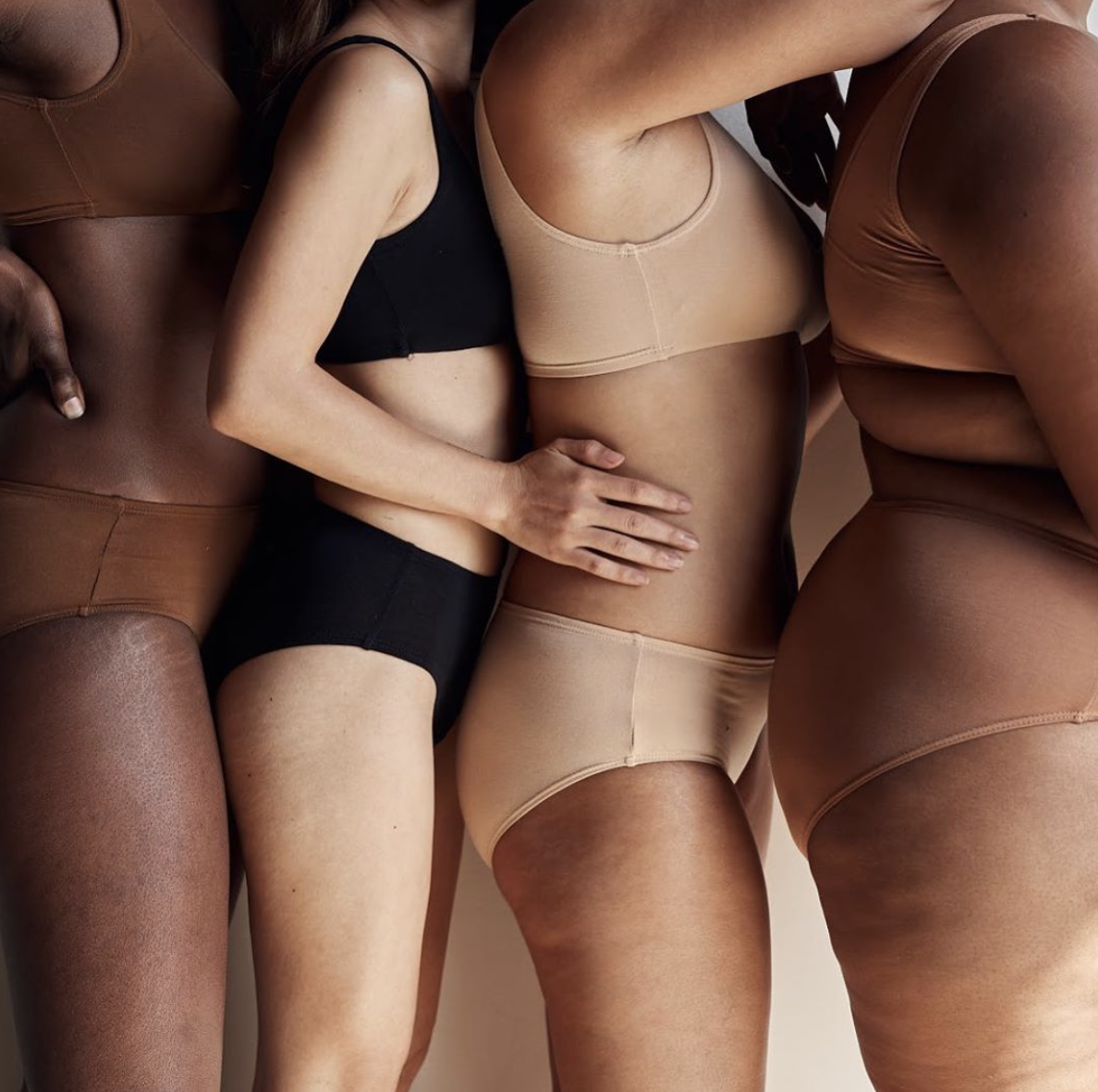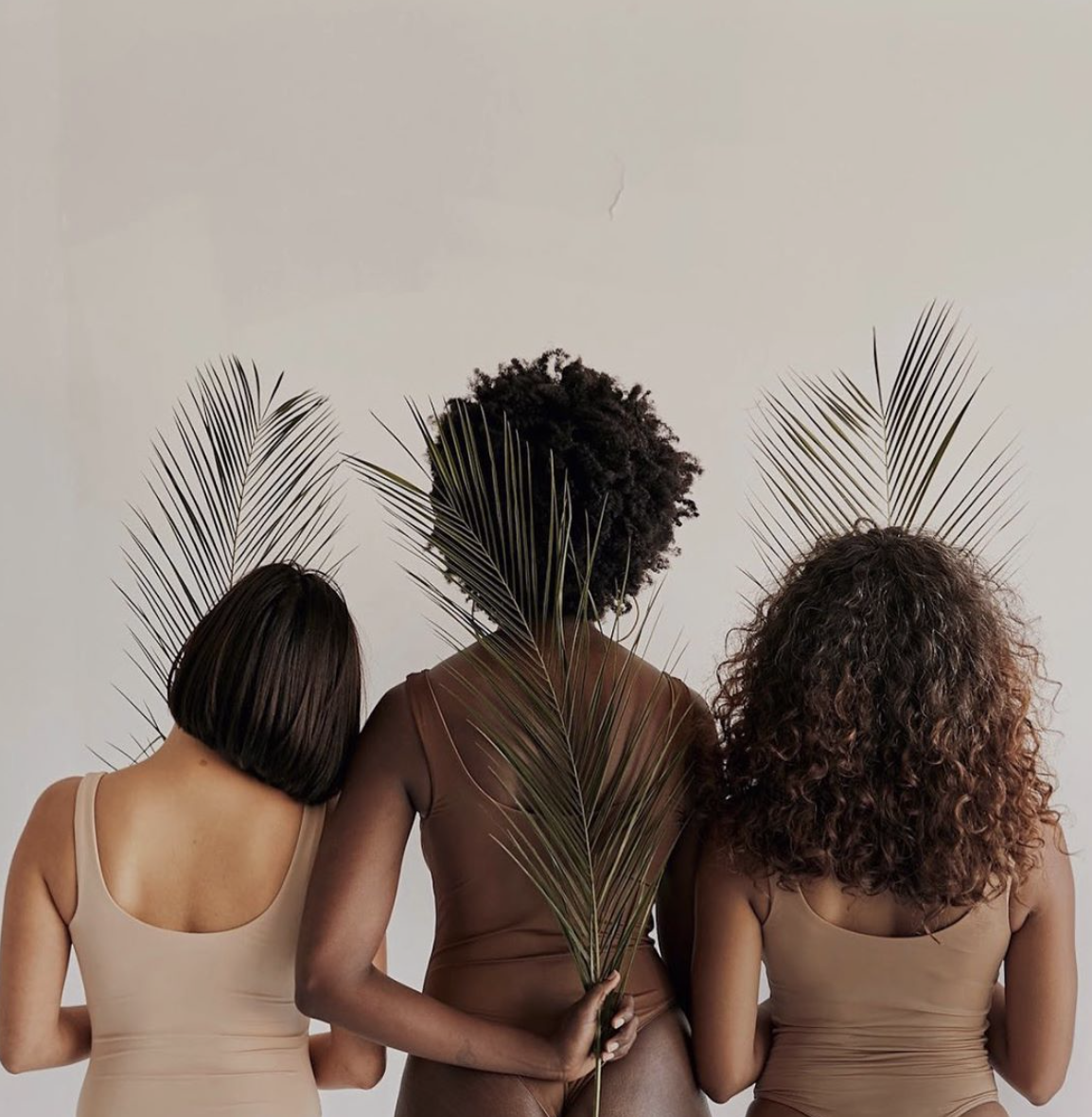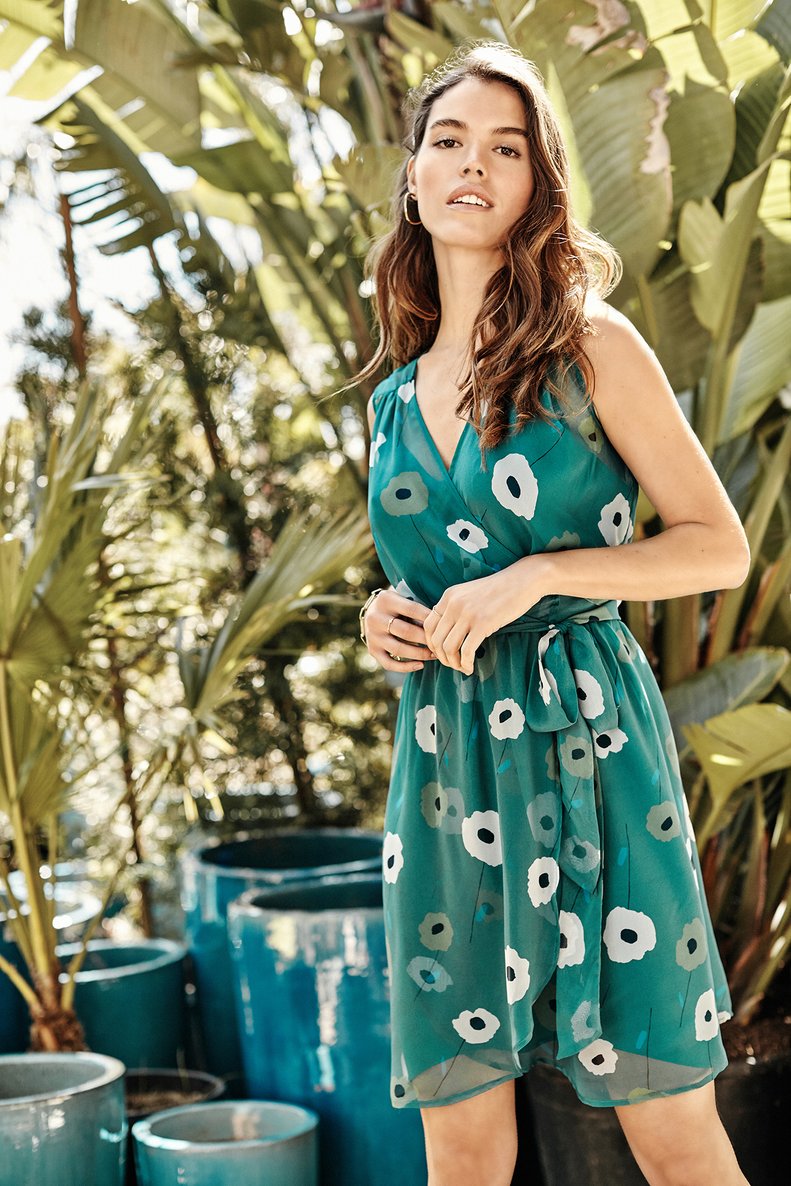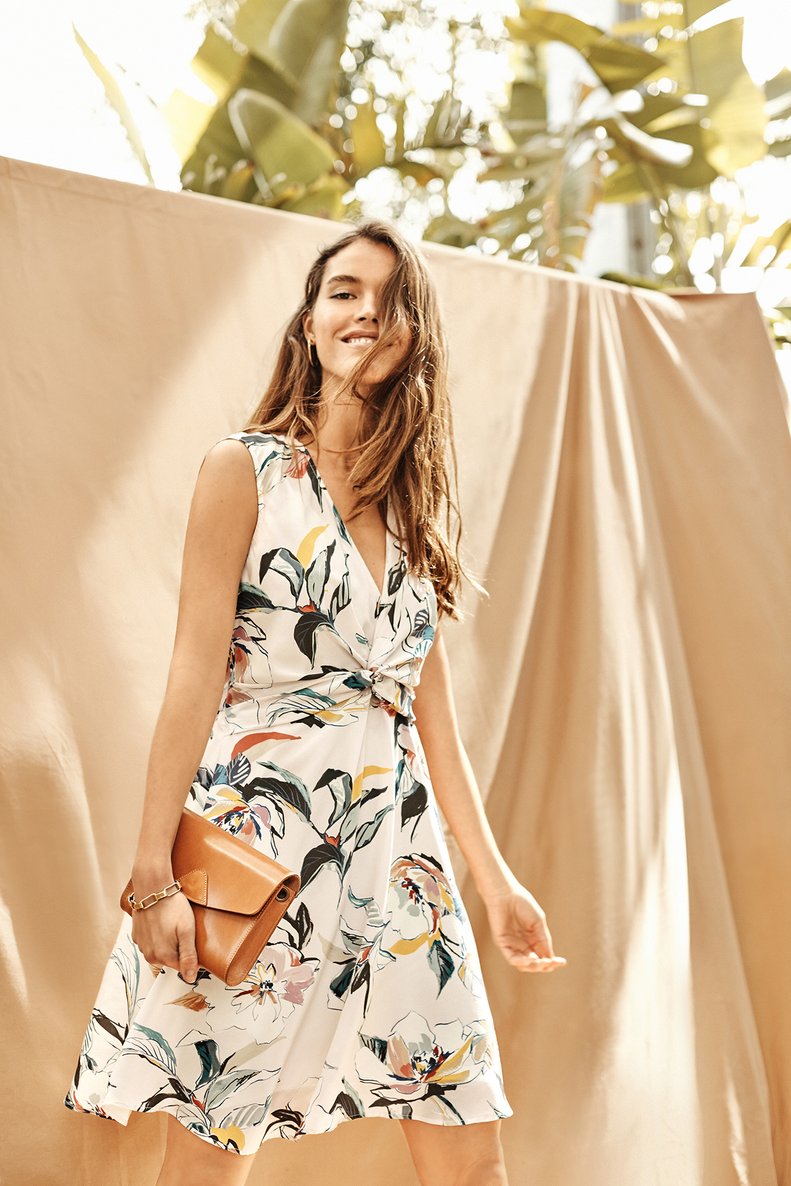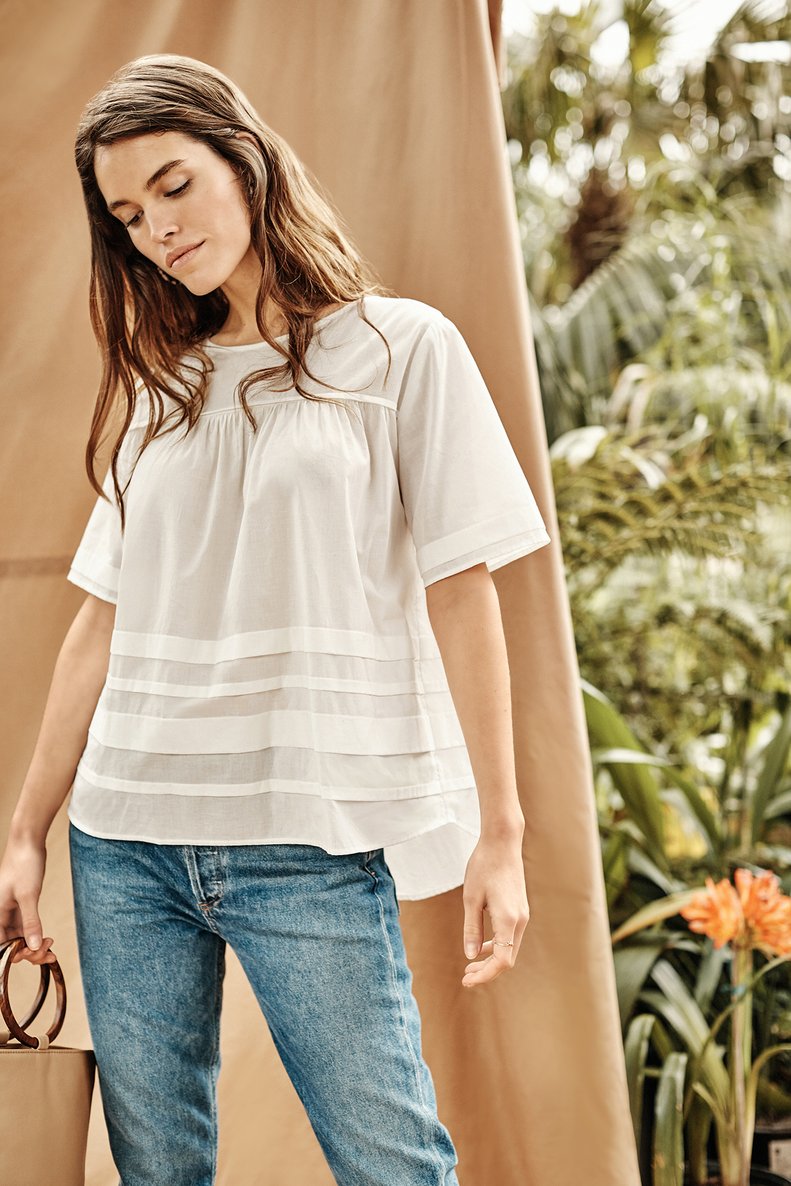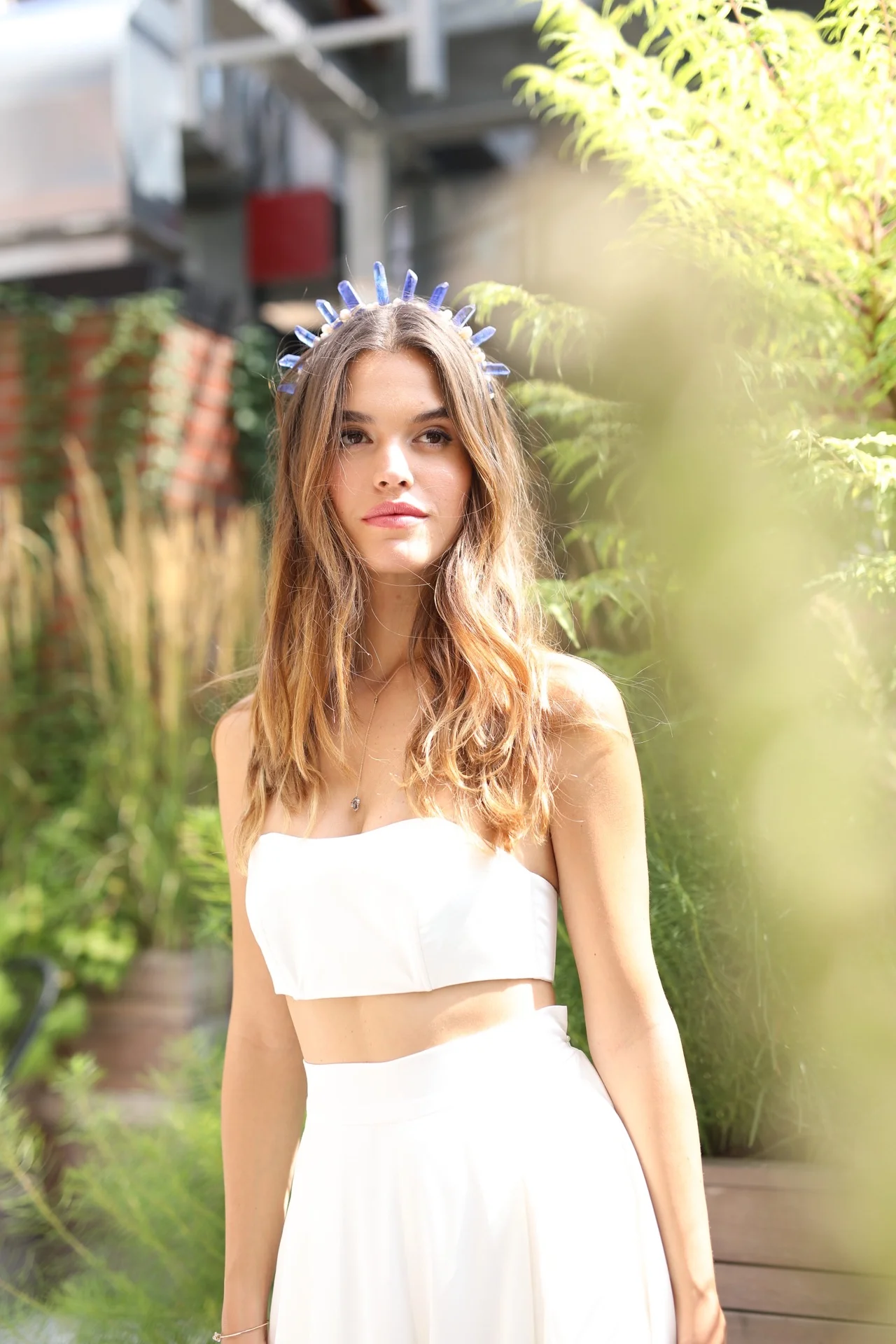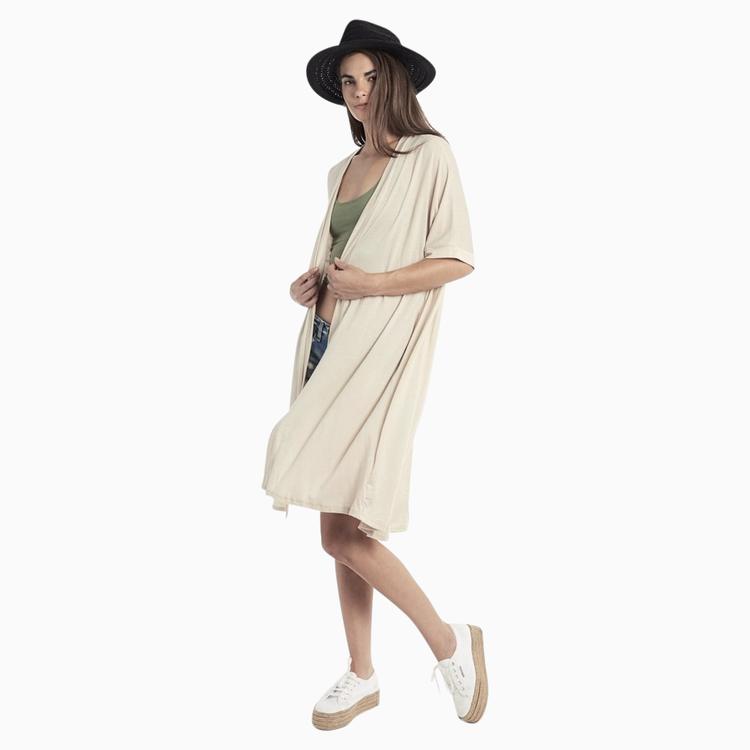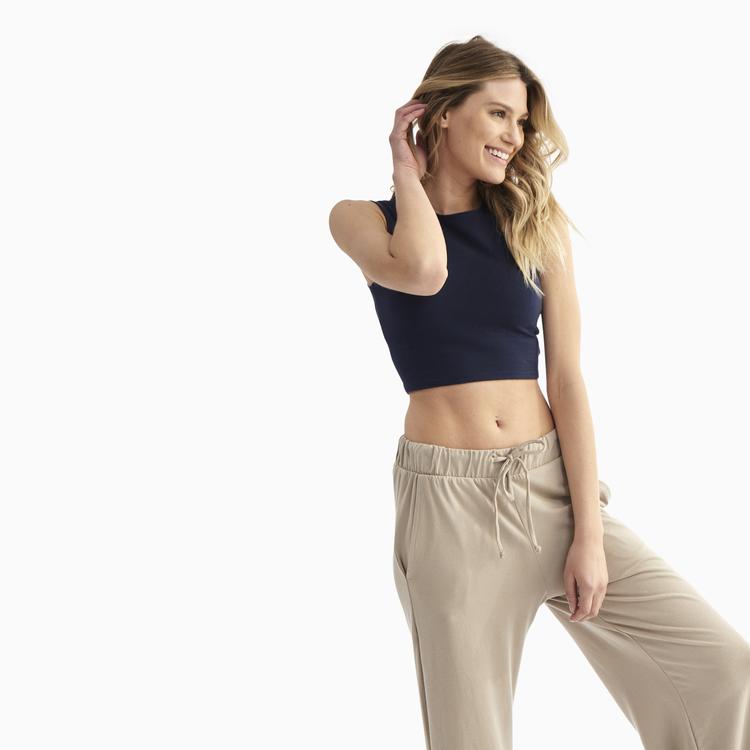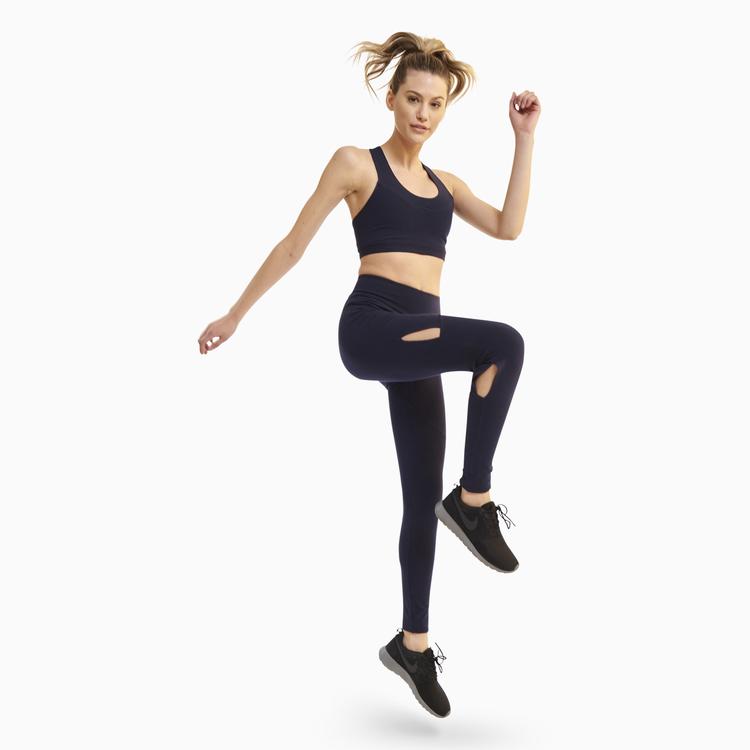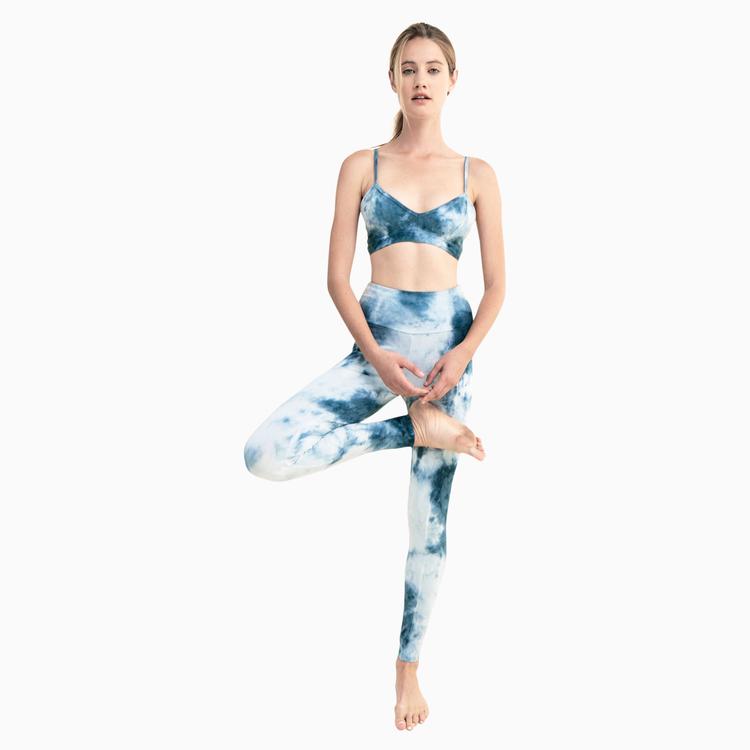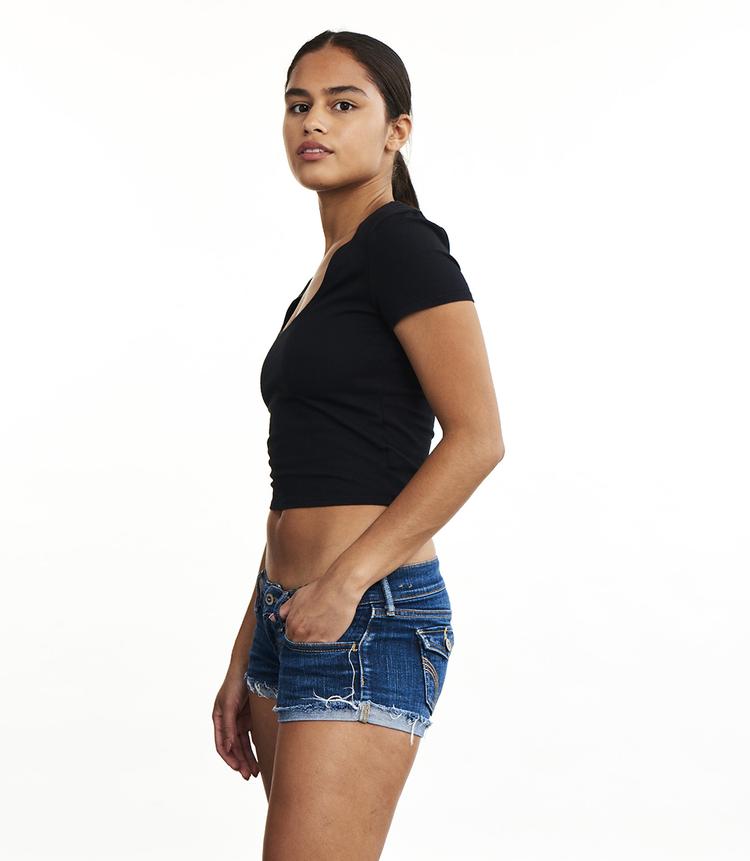I recently had the pleasure of sitting down and chatting with Haven Hathaway from Tulerie about the benefits of renting versus buying new, and how I got into the sustainable world. I love having these chats because it’s a nice way to get the conversations flowing, beyond my inner circle, about the importance of our impact and these discussions also act as a reminder for myself to be conscious of my footprint.
Q: How and why did you start your brand, On Duty Citizen?
A: After our first Model Mafia group meetup, I thought it would be cool to have a website where everyone could access sustainable and ethical brands and learn about what made them better than a fast-fashion alternative. I began looking for courses online about sustainability. I found theFactory45 course that helps entrepreneurs learn how to start their fashion brand as sustainably as possible, and from this course, On Duty Citizenwas born. Initially, our name was Off Duty Model, On Duty Citizen (ODM/ODC), but from the inspiration of a great friend and mentor, we simplified it to On Duty Citizen so that no matter what industry you were in, you could feel a part of the environmentalist movement.
Q: What are the goals and plans for the website?
A: With anything I do in life, modeling, or my work with ODC, I never want to feel like I’ve “made it.” For instance, during COVID, I returned to school to chip away at my degree and learn more about sustainability. I believe there’s so much beauty in the journey; a lot can be discovered when you continually learn more about your craft.
That said, I’d love to continue learning more about environmentalism and sustainability and be more consistent with updating the website regularly. When I feel informed, I feel more motivated to spread awareness about the harms of climate change and share bits of optimism and joy. Modeling is my primary source of income, so it is easy to put ODC on the back burner, but I learn so much when I study more about the links between the fashion industry and our climate crises, which helps me be in a position to potentially change the industry from within. These two sides of Britt, the model and the sustainable activist are incredibly complementary to each other.
Q: What about Tulerie’s mission aligns with your sustainable practices?
A: Tulerie closes the loop on waste and gives life to products that may otherwise end up in landfills. I think renting is an incredibly innovative way to “shop” your community member’s closets, revolutionizing the entire fashion industry. Many people will buy a dress for an event and feel like they can never wear it again. While I try and shift that narrative by continually posting about how “sexy” it is to re-wear your clothes, I also think renting provides a solution to this dilemma. You can profit off your items by renting items out as well as rotating cool pieces into your rotation.
Q: What was your first experience like using our platform?
A: I was nervous! It was my first time renting, and I was going to the GQ party in LA and wanted to look sexy yet sophisticated. There were so many amazing options, and the whole process was incredibly seamless. I can understand the hesitancy with renting out special pieces, but with time, renting all our clothes will begin to feel incredibly normalized. There’s a lot of joy in knowing my pieces create new memories and stories with others in my community rather than potentially sitting in my closet for months untouched.
Q: What are some tips on how to have high fashion, style, and sustainability coexist in your daily life?
A: I love investing in sustainable basics and making my style unique by renting fun pieces for events and shopping secondhand. My style revolves around sustainable/ethical white and black tees, good denim, fun vintage jackets, and accessories. Timelessness is key, and I try and stay away from trends that will go out of style. If I like something trendy, I’ll wait a few months to a year to see if I still love it and then try to find a secondhand option instead of purchasing something new.
Q: As a model whose presence is important on social media, how have you seen social media play a part in the negative or positive impact of sustainability awareness?
A: Social media is a blessing and a curse in that you can use it as a medium to inspire those around you to adopt better habits and be conscious of their footprint. However, the pressure to stay relevant and post in new outfits all the time, as well as traveling all over the world and posting your best moments, can feel overwhelming. I try and find balance. When you follow @brittbergmeister, I want you to feel like you’re seeing all sides of Britt.
Q: How have you seen or experienced sustainability and mental health impact each other?
A: Sometimes, in the climate world, forgetting your reusable coffee mug can send you into a spiral of anxiety. On the other hand, sometimes your actions of bringing that mug can feel so small that it doesn’t feel worth the effort. Climate anxiety is a real feeling that can leave you feeling paralyzed in fear. My friend Anne Therese Gennari, a climate optimist, hosts talks on optimism within the climate space and shares the importance of taking small individual steps that will hopefully lead to a huge wave of action. While we have to hold big corporations and government officials with a lot of power accountable by protesting or voting, there is also a lot to be hopeful for. If you find yourself in a wave of anxiety, take a breath and have a moment of pause. We can’t be perfect 100% of the time, which is okay.
Q: How does sustainability affect your lifestyle and work as a model?
A: Although I wish I could work solely for sustainable brands, I hope that by working with less sustainable brands, I can inspire them to change. I don’t believe in shaming others into action, but I think a conversation on set about how passionate I am about sustainability can go a long way. Modeling also gives me a platform with thousands of individuals, and I use this privilege to share things in the sustainable space that mean a lot to me. The sustainable journey is never-ending, and I always try and be transparent about what I’m continuing to learn, when I’ve been wrong, and how we can all improve.
Q: What do you hope the future of fashion looks like?
A: I think digital fashion is an incredibly exciting innovation in the very near future, and I hope we can rely on clean energy in this space before it’s too big an industry to adapt. I’m a big proponent of prevention versus reaction and think that with any new trend or innovation, we should look at how we can execute in the most sustainable, economical, and inclusive way.
Q: What is one thing you would say to those just starting their sustainability journey?
A: Find something in your lane that excites you and become an expert in that field. There is room for everyone in this movement, and every action counts in positively contributing to the climate change movement.
